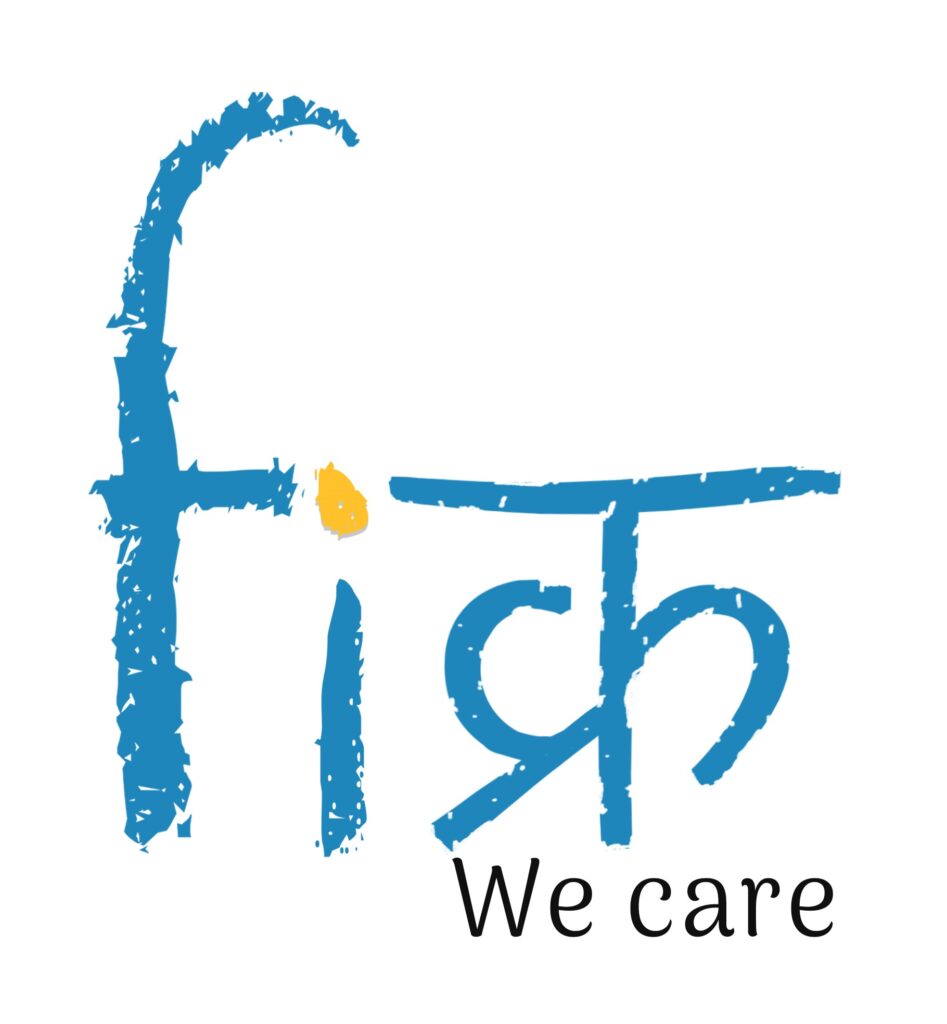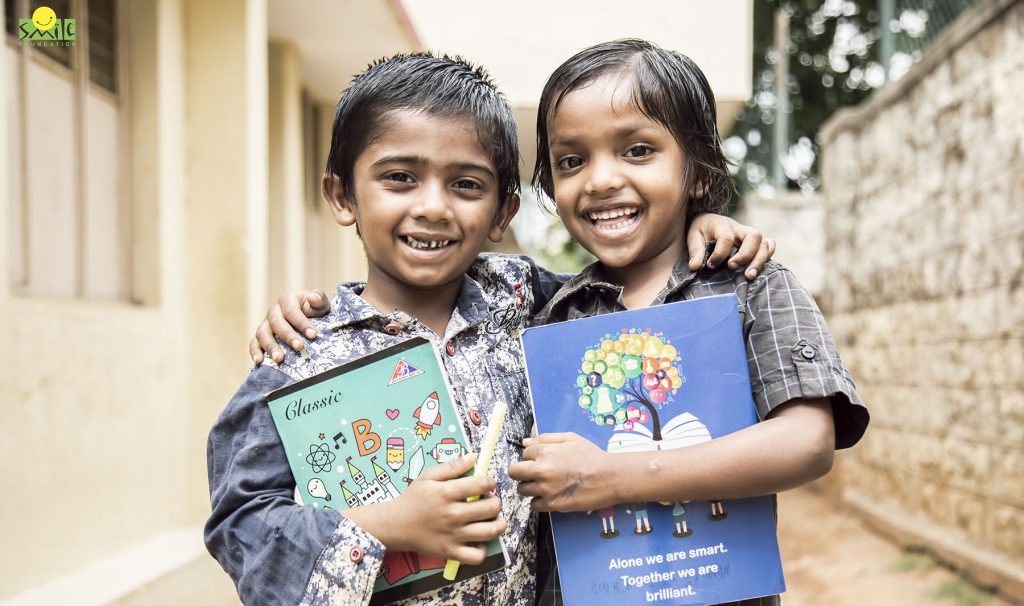Education is a powerful tool for breaking the cycle of poverty. Providing underprivileged children with access to free education is a crucial step towards a brighter future. But, the challenge lies in implementing an effective and sustainable model. That ensures quality education for all.
In this blog of Fikrah, we explore the best ways to offer underprivileged children free education. Thus highlighting key strategies and considerations.
Best ways to offer underprivileged children free education:
1. Collaboration with NGOs and Non-Profits
Partnering with established non-governmental organizations (NGOs) and non-profit entities can create a strong foundation for free education initiatives. These organizations often have expertise, resources, and networks. To efficiently run educational programs for underprivileged children.
2. Community Involvement and Local Outreach
Engaging the local community is essential. Conducting outreach programs to identify children in need and involving local stakeholders in the decision-making process. It also fosters ownership and ensures the sustainability of the initiative.
3. Government Support and Policy Advocacy
Advocating for policy changes and garnering government support is pivotal. Governments can divide resources, create supportive policies, and integrate free education programs. Into existing educational frameworks.
4. Use of Digital Technology
Leveraging digital technology can overcome geographic barriers. They can also enhance the reach of free education initiatives. Online platforms, educational apps, and e-learning resources enable remote learning. They also expand access to quality education.
5. Teacher Training and Quality Assurance
Ensuring a skilled and motivated teaching staff is crucial. Providing training for teachers in underprivileged areas equips them with effective teaching techniques and strategies. To cater to the diverse needs of their students.
6. Nutritional Support and Health Services
Addressing the holistic well-being of underprivileged children is vital. Offering nutritional support and access to basic health services ensures that children are physically and mentally prepared to engage in learning.
7. Sustainability and Long-Term Funding
Sustainability hinges on securing consistent funding sources. Establishing partnerships with corporate sponsors, philanthropists, and international aid organizations can provide a stable financial base for free education programs.
8. Regular Monitoring and Evaluation
Continuous monitoring and evaluation ensure that free education initiatives are achieving their intended goals. Regular assessments help identify areas for improvement and allow for necessary adjustments.
Click here to know more about “Gender Equality in Education”
Conclusion:
Offering underprivileged children free education requires a multifaceted approach that involves collaboration with NGOs, community engagement, government support, digital technology, teacher training, health services, sustainable funding, and continuous evaluation. By addressing these aspects, societies can make significant strides in empowering underprivileged children with the transformative gift of education.
A collaborative effort that combines the strengths of various stakeholders is key to breaking down barriers and ensuring that every child has an equal opportunity to learn and succeed.

